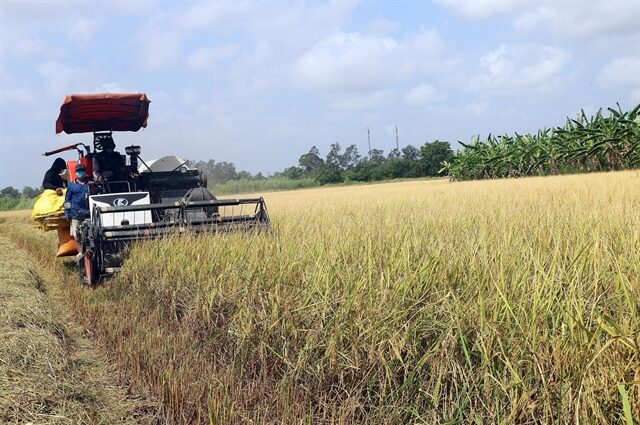WNAM Monitoring: Việt Nam aims to use organic fertiliser for 50 per cent of the total cultivation area nationwide by 2050, and have at least 80 per cent of centrally-run cities and provinces build organic fertiliser-using farming models as part of value chains for major and specialty products.
Those are among targets set in a project on promotion of production and use of organic fertilisers until 2030 with a vision to 2050 that has been approved by the Ministry of Agriculture and Rural Development (MARD).
Also under the project, 100 per cent of available raw materials from farming, husbandry, fisheries and household waste will be used as organic fertiliser on both household and industrial production scales.
In the shorter term, the agricultural sector aims to raise the proportion of licensed organic fertiliser products to over 30 per cent of the total number of fertiliser products on the market, while increasing the organic fertiliser production capacity of qualified production facilities to five million tonnes per year.
At the same time, the amount of industrial organic fertiliser is expected to account for at least 30 per cent of the total amount of fertiliser used in agricultural production. The amount of organic fertiliser produced on a household scale used in agricultural production is hoped to reach at least 20 million tonnes per year.
The agricultural sector also aims to build effective cultivation models using organic fertilisers for nine key groups of crops, namely rice, coffee, rubber, cashew, pepper, tea, fruit trees, vegetables, and cassava.


